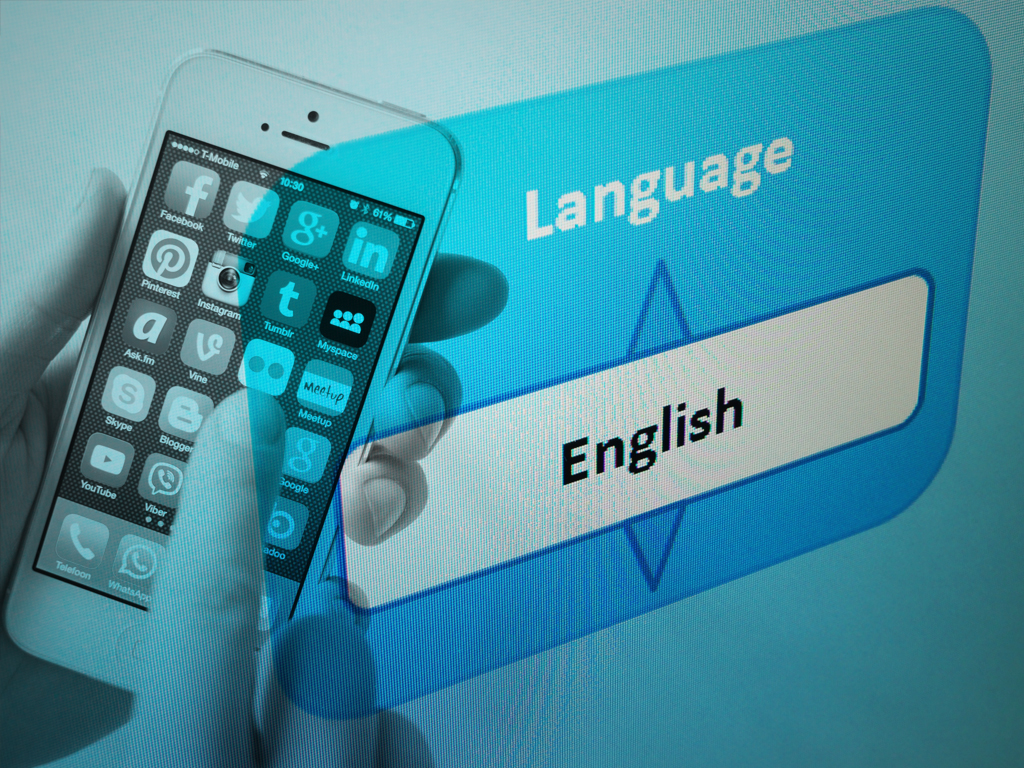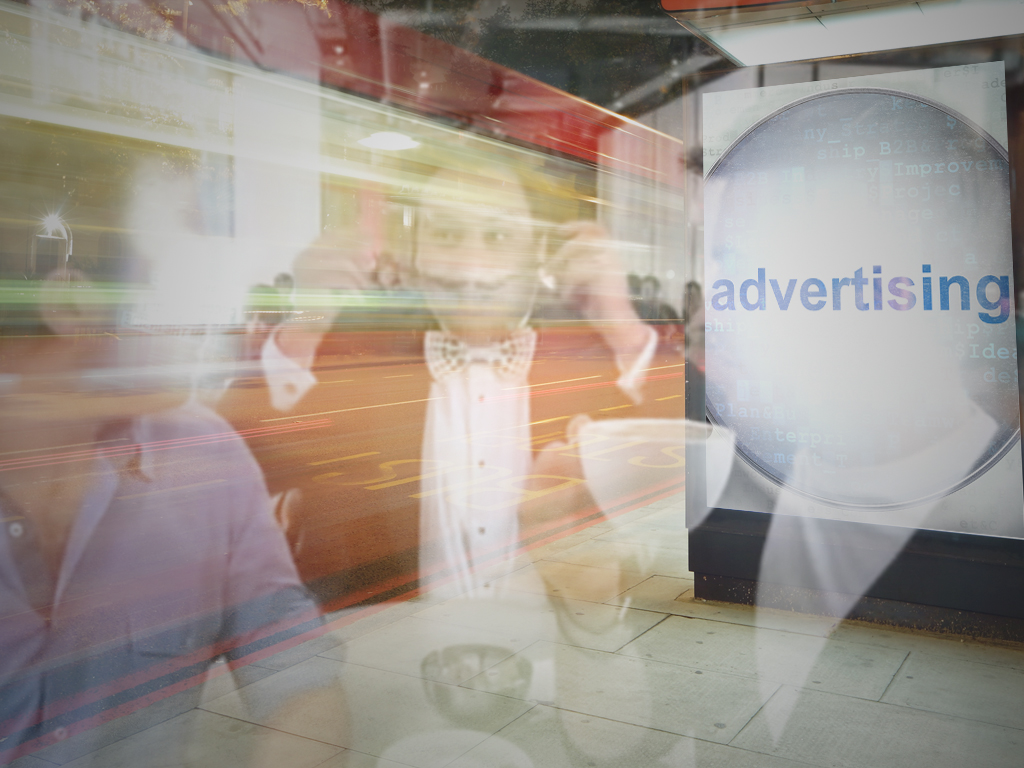No matter what you call it – sponsored content, native advertising or brand journalism – it is, at the least, a complex content hybrid that raises questions about where journalism ends and advertising begins. In theory, it’s a form of content that can simultaneously benefit brands, news organizations, and consumers. But that’s when it’s done right. So what does that mean?
Panelists at the recent Ad Age conference sat down to discuss native advertising in all its complex glory, as well as what marketers need to know to harness it successfully.
“I hate the term ‘native advertising.’ I would like it to evolve,” said Stephanie Losee, managing editor at Dell. “I’m confused when I see sponsored content versus sponsor-generated content. Sometimes it means the opposite and if I’m confused, I can’t imagine what consumers are feeling.”
And that’s coming from one of the New York Times’ inaugural native advertising partners, which has worked with the Times to create sponsored content like this.
“It was a pretty dicey first engagement,” Losee said, citing headlines she worried about like, “Dell brings down the Grey Lady.”
But “it went well,” she said.
We made careful, modest choices and tried to not be too flashy and did our content as a service,” Losee said. “We commissioned journalists to do good work, but on the business side.”
For his part, Jon Steinberg, CEO of the Daily Mail North America, who goes as far as saying he invented native advertising at scale when he was at BuzzFeed, adds that native advertising is “just Internet advertising that got more creative and evolved. [And] just viewed through the lens of advertising, it’s less controversial.”
Why Dell Likes Native Advertising
By writing articles and making videos, Dell is trying to deepen its relationships with customers via social media.
“Our point of view is when Dell is a publisher, Dell is commissioning articles and multimedia content about thought leadership on topics the audience cares about, like cloud computing, big data and the future of work,” Losee said. “It’s content as a service to our customers or potential customers.”
In turn, Dell forges better relationships with those customers than it would otherwise.
“70 percent of the customer journey is conducted on Google now, so each of those pieces is like one raindrop filling the barrel of things they bump into out in the wild of the Internet before they get in contact with the brand,” Losee said.
And despite some lingering confusion about what exactly native advertising is, Losee and her fellow panelists agree another advantage is that brand journalism can sometimes result in better content because brand sponsors have deeper pockets than news organizations.
“BuzzFeed does some of the best things I’ve ever seen,” Losee said. “They use the brand budget to make something fabulous. If you’re going to use a big budget to create something a magazine or newspaper doesn’t have the budget to do and I want to click on it, then, yeah.”
What Does the Future Hold?
Thanks in part to these benefits, the panelists only expect to see more native content.
In fact, according to Brent Poer, president of LiquidThread, the brand content arm of Starcom Mediavest Group, retail content is going to be a big push.
“It’s about how brands change the shopping experience on that last inch to purchase,” he said.
Shane Snow, chief creative officer at content marketing company Contently, said to expect “a lot more feature films and TV shows and high-quality video content like ‘The Lego Movie’,” which he calls “the best piece of branded content ever.”
For his part, Steinberg said Snapchat Discover is “way bigger than anyone recognizes” and “brands and agencies are slow to buy because the data isn’t there,” but “it’s going to be huge, as big as Twitter.”
And, finally, Losee said, “I think the distribution model will blow up even more. Now the New York Times is creating pieces that will live on brand sites.”
But no matter where it goes in the future, what are these experts’ best tips on creating native content?
1. Don’t Be Evil
Make it clear that it is sponsored content.
“I dare you to look at the things we’re publishing and say they’re not journalism,” Losee said. “It’s not supposed to be brand investigative journalism. That’s messed up.”
Brands must “stay on the right side of good versus evil,” she added. “It’s not brand-pull-a-fast-one journalism.”
The latter can only result in burning bridges with consumers, which defeats the entire purpose, she said.
Further, Snow said, “If the consumer doesn’t know it came from you, it’s worthless.”
2. Make It Good
And, according to Poer, as long as brands and news organizations are delivering content of value, “The consumer is blind to whether it is brand-sponsored or brand-created.”
But first brands must “deliver something [consumers] enjoy, which means you have to work harder at understanding who the consumer is and getting insights,” he said. “You have to build something they want to engage with. Otherwise, it’s just noise.”
And to Losee’s earlier point, good content is content consumers will naturally want to consume.
“I hate the term ‘brand journalism,’” Snow said. “There’s still a lot of consumer confusion, so you have to make it so good that people don’t care where it comes from. It’s about making it clear so everyone wins.”
3. Find The Right Partners
According to Poer, when brands enter the native advertising arena for the first time, they are trying to figure out their voices and tone, so they need to learn along with the right partners to find out what works for them.
4. Beware The Influencers
Influencers are huge and can drive sales, but, Poer noted, it’s a space that can be hard to navigate because of talent issues and “new media divas.”
In addition, brands must also be willing to relinquish some control and “let your hands go off of it” when they work with influencers.
5. Know The Regulations
Poer also said there are regulatory issues tied to native content, so brands must make sure they know what they are doing and that they understand the implications of their actions and what potential consequences can arise if they violate FTC regulations.
6. Agencies In Particular Should Take Note
The Daily Mail is in the native advertising business because, according to Steinberg, “creative agencies don’t want to do it. I keep waiting for creative agencies to start wanting to do something other than 30-second TV. That’s why you have upstarts like LiquidThread and us doing content efforts because ultimately media agencies decide what gets done. I think it’s a massive opportunity for creative agencies.”
Losee agrees Dell is eager to work with partners.
“I can testify – we don’t want to do ourselves. We don’t want to build a publishing operation,” she said. “We want to hire a few editors and then we want to use Contently and Group SJR and we’re leaning pretty hard on publisher side. Brands want these entities to hold their hands and do it right for them because they’re not built for this and if we can rely on agencies and can be more nimble…if we staff up, then we’re committed and what if we made the wrong choices? We want other people to create the capacity for us and then we’re able to pivot in the space.”
Do you agree with Dell’s take on native advertising?


